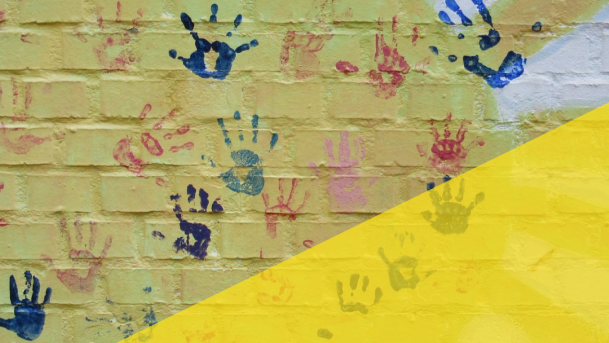“On 19 December 2014 Minister Motshekga approved the Policy on Screening, Identification, Assessment and Support (SIAS). The Policy aims at ensuring that all children of school-going age who experience barriers to learning, including those who are disabled, will be able to access inclusive, quality, free, primary and secondary education on an equal basis with other young people in the communities in which they live.”
There is a massive number of children with disabilities that are excluded from our educational system. This should be of concern to all of us. Every child, and adult for that matter, has the right to education and we need to all come to the party. This is no easy subject with no quick answers, but it is an evolutionary process that we must enter with a positive attitude.
What is inclusive education?
Inclusive education eradicates discrimination by allowing children regardless of their differences to learn mainstream alongside other children and not be relegated to special classrooms or schools. All children have the potential to learn and be successful and differences should be accepted, valued, understood and planned for.
Benefit for students with disabilities
Many studies have shown that these learners achieve higher academic outcomes through inclusive education. They are also able to learn through imitating their classmates who are without challenges and learn new skills that would not have been possible if they were enrolled in special schools. Their self-worth and confidence improves, which encourages them to aim even higher. They have the opportunity to develop friendships with all children and learn new social skills which equip them for life in the future.
These children experience acceptance and integration leading them to enjoy learning and achieve the best that they can.
Benefits for students without disabilities
These students learn the valuable lesson that different is not bad. They learn that disabled children have an equal amount of potential as themselves. This develops a positive attitude towards others. Not only this, they can also learn new skills due to the different teaching methods employed to include children with disabilities. Through helping others their own performance and character will improve.
These children learn to dispense with the stigma and prejudice associated with disabilities and start to see, although we might learn differently, we are all awesome!
How to promote inclusivity in your classroom
An inclusive classroom can only be successful when each student feels valued and a part of the school community. Here are a few simple ways to do this:
- First, examine your own assumptions and approach to inclusion and make sure you are in line with what you are wanting to achieve
- Treat each learner as a unique individual
- Create a supportive and respectful environment in your classroom by establishing very clear ground rules
- Learn to pronounce your learners’ names correctly
- Develop predictable routines
- Use classmates as paired partners and mentors
- Promote community through games and sharing
What now?
Yes, inclusion is the buzz word and as we have seen above it is necessary and an educational priority, but the challenges really become a reality for the many teachers who are at the coalface.
Even though the research has been done and policies developed, one of the things that hampers progress is that teachers are untrained in how to adapt a curriculum and respond to diverse learning needs in their classrooms. Our training is mainly geared towards mainstream education and specialised education has been understood to take place in a different context, a different classroom.
However, every teacher can succeed to provide the education needed for each learner to succeed and we at SACE Points Guide are here to help you. We offer an Inclusion accredited course to further equip you in this much-needed field of expertise and help you become that one-of-a-kind educator. Let’s do it!



